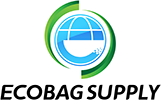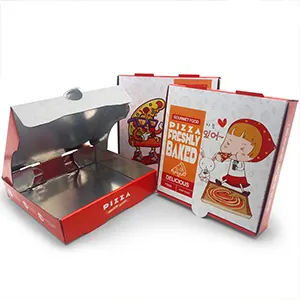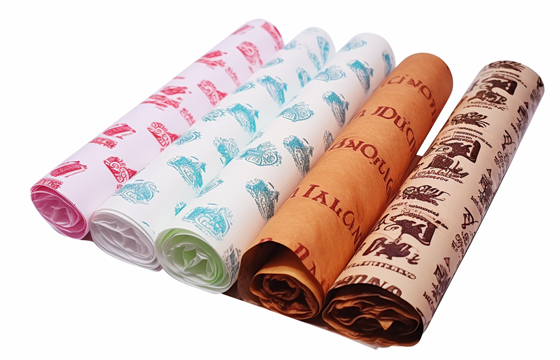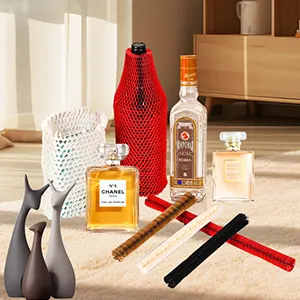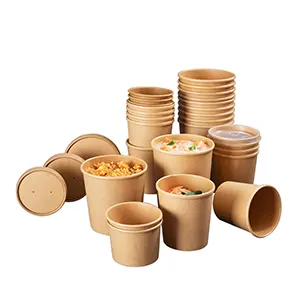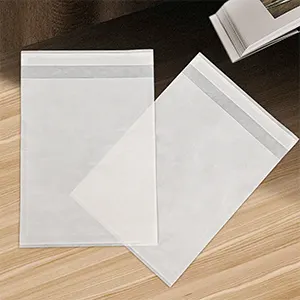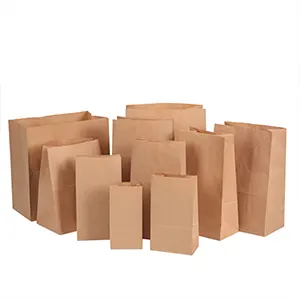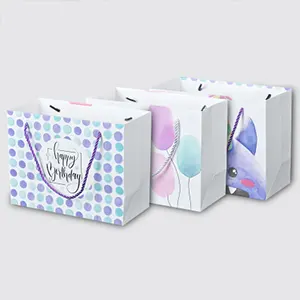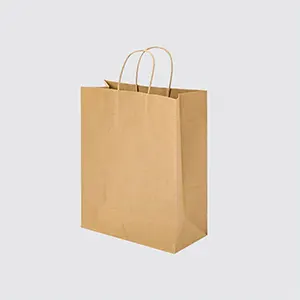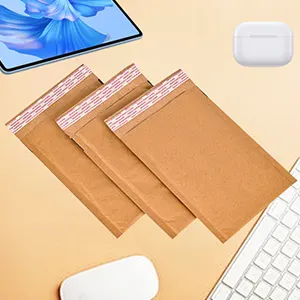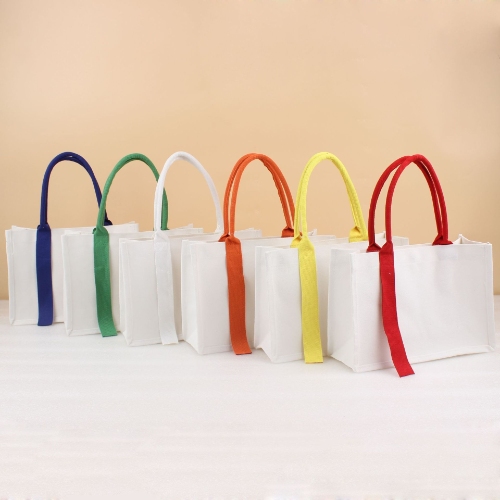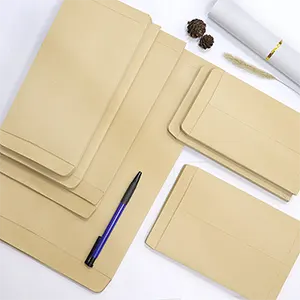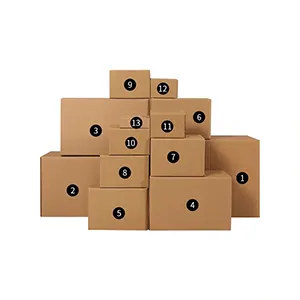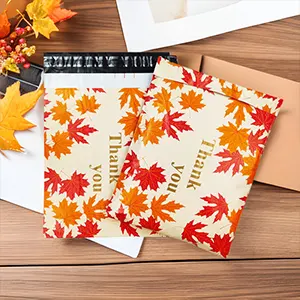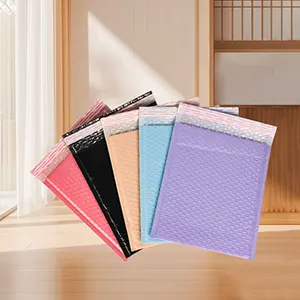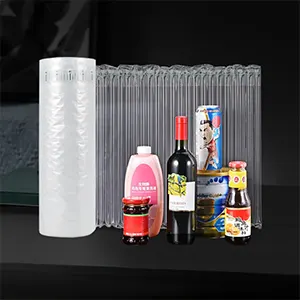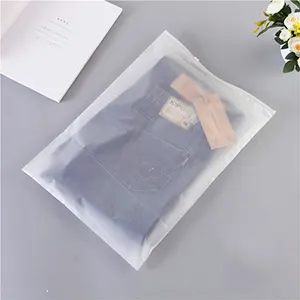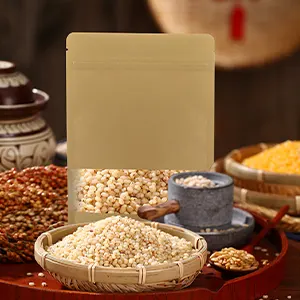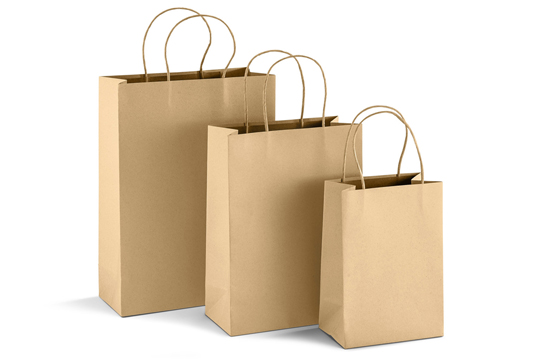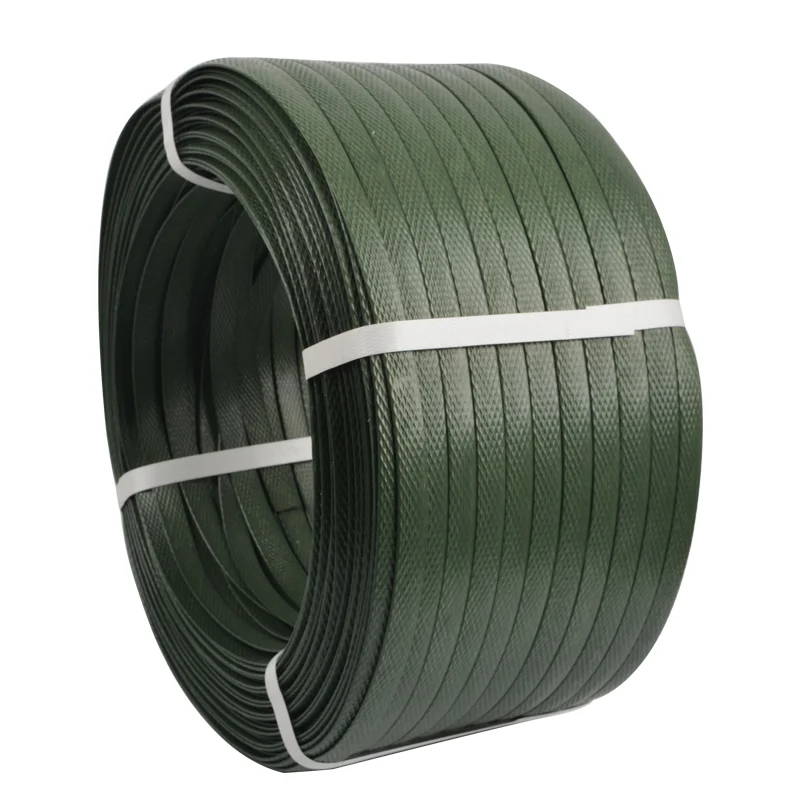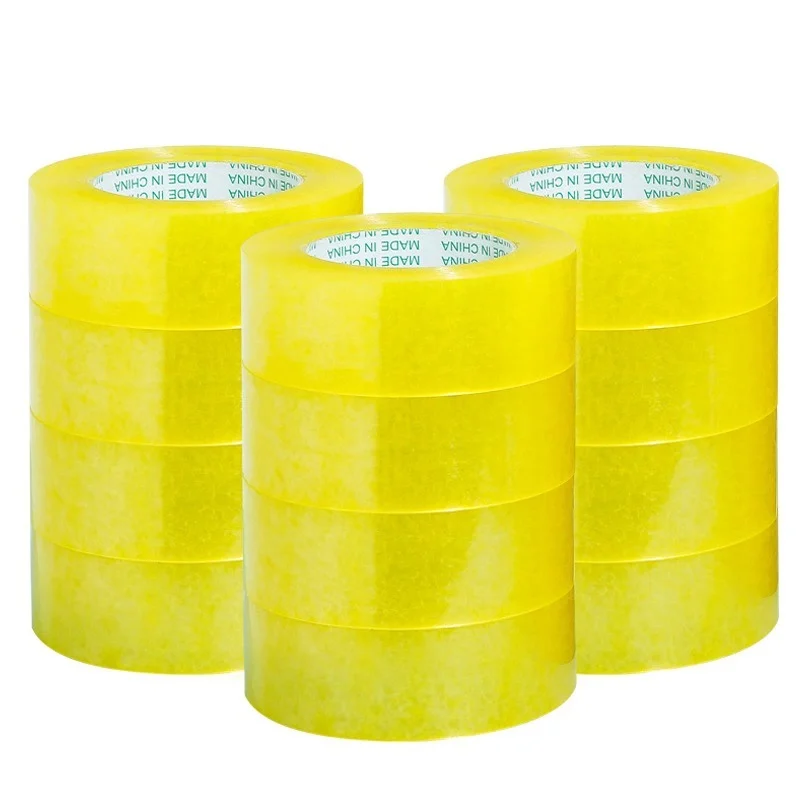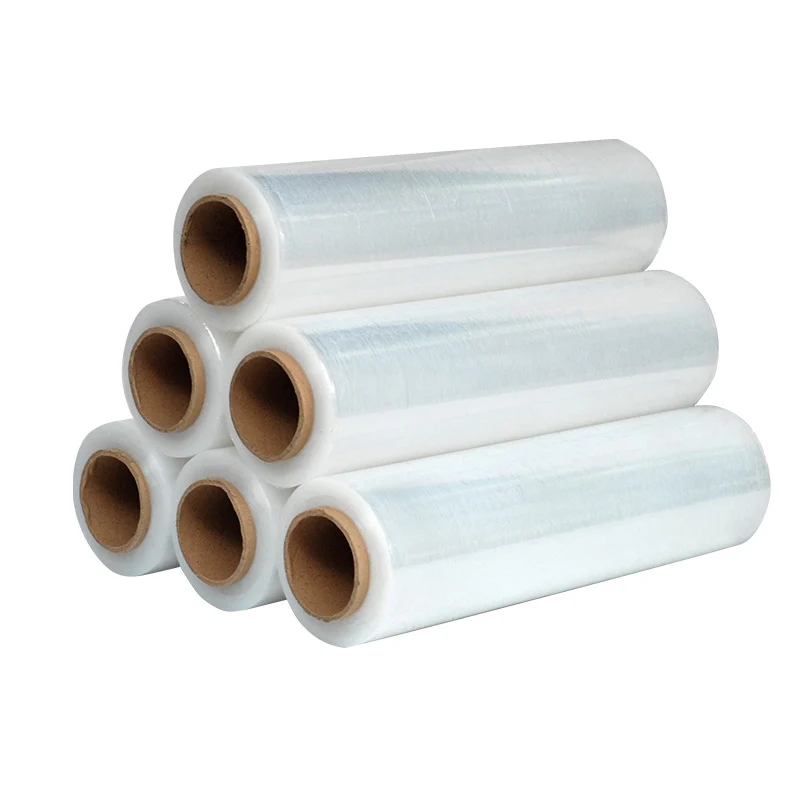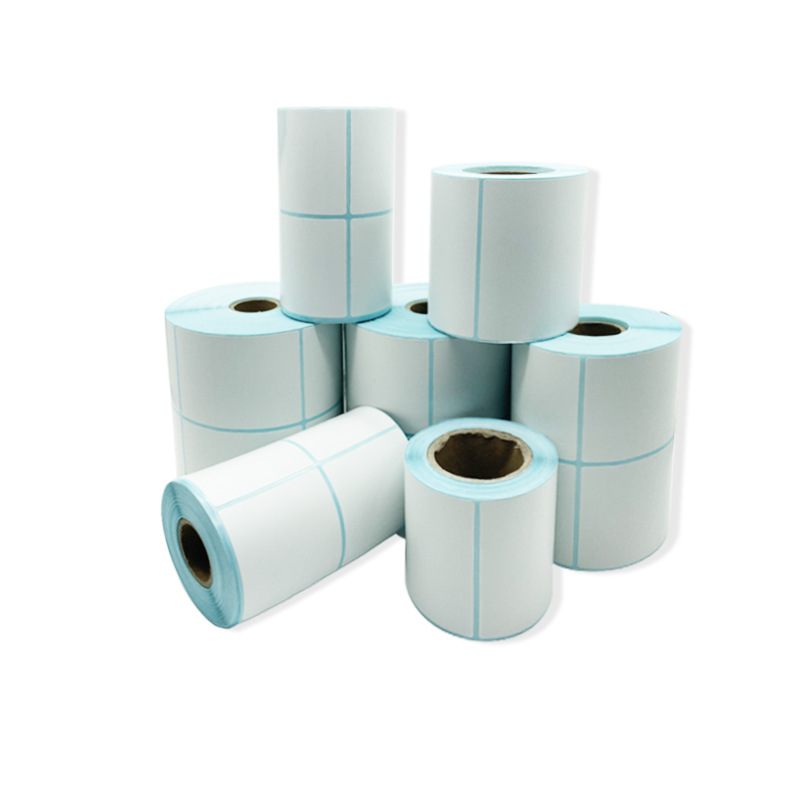Sourcing Greaseproof Paper Sheets: A Guide for Food Businesses
Sourcing high-quality greaseproof paper sheets for food businesses is a critical operational decision that directly impacts product quality, brand perception, and the bottom line. For any professional food establishment, from a boutique café to a high-volume catering company, greaseproof paper is an essential and versatile tool. It is used in every stage of the culinary process, from preparation and cooking to presentation and packaging. Choosing the right type of paper and, more importantly, the right supplier is a strategic process that deserves careful consideration. This comprehensive guide will provide a detailed overview of the sourcing options available to food businesses, offering expert tips on how to find a reliable partner and a high-quality product.
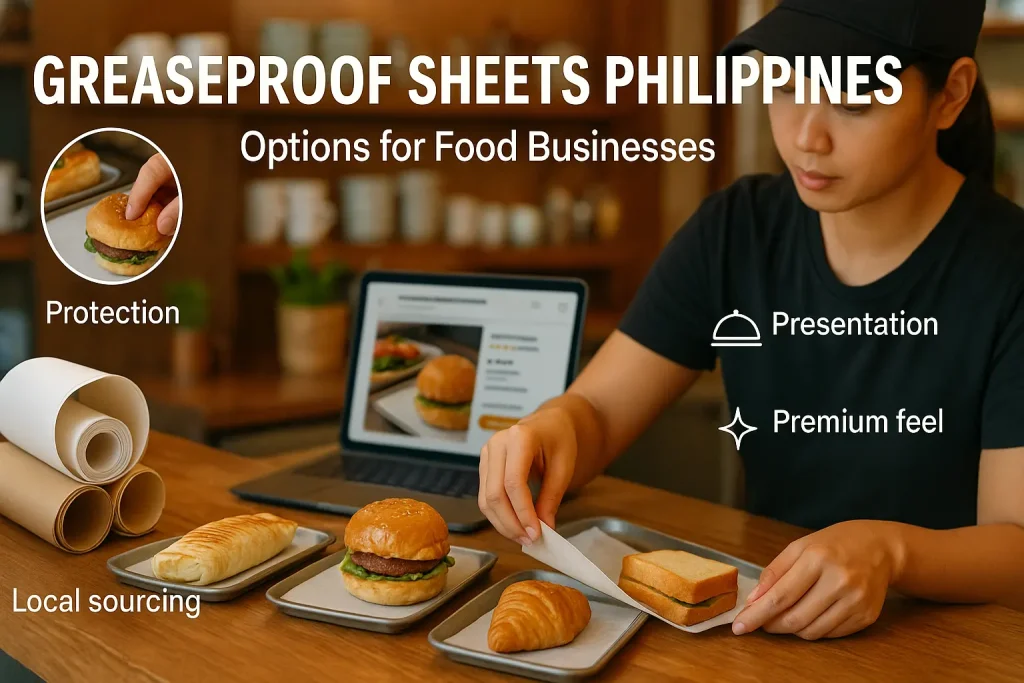
The Strategic Importance of Paper Choice for a Food Business
The choice of greaseproof paper is far more than a simple line item on a supply order. It is a decision that has wide-ranging implications for the business. The quality of this single product can affect the taste of your food, the efficiency of your kitchen, and the way your customers perceive your brand.
Impact on Food Quality and Freshness
The right paper helps to maintain the integrity of your food. When used as a wrapper, a breathable greaseproof sheet prevents items like sandwiches from becoming soggy, which can happen with plastic wrap. When used for storage, it can help to preserve the texture and flavor of items like cheese and cured meats. Even in baking, the paper can provide a slight insulating effect that leads to more evenly cooked products.
The Role in Brand Perception and Customer Experience
For takeaway food, the packaging is a critical part of the customer experience. A flimsy, low-quality paper that leaks grease can create a negative impression. A thick, high-quality paper, especially one that is custom printed, creates a premium, professional, and memorable experience. It signals to the customer that you are a business that cares about quality in every single detail.
Contribution to Operational Efficiency and Hygiene
In a fast-paced professional kitchen, efficiency is key. Pre-cut greaseproof sheets save a huge amount of time compared to cutting pieces from a roll. The paper's use as a disposable work surface and a pan liner also dramatically reduces cleanup time, which is a significant labor saving. Furthermore, its use as a barrier between food and surfaces is a fundamental part of maintaining a hygienic kitchen environment.
The Sustainability Angle: Meeting Consumer Expectations
Modern consumers are increasingly making choices based on a brand's environmental credentials. Using a paper-based, biodegradable, and sustainably sourced packaging product like greaseproof paper is a powerful way to meet these expectations. Choosing an unbleached, FSC-certified paper is an authentic way to communicate a brand's commitment to sustainability, which can be a strong competitive advantage.
Understanding Your Sourcing Options: A Tiers-Based Approach
The market for greaseproof paper is served by a tiered supply chain. A food business needs to understand these different tiers to find the supplier that is the best fit for their specific size and volume of operation.
Tier 1: Local Retailers (For Emergencies)
This tier includes local supermarkets and grocery stores. For a business, this is not a primary supply channel. The prices are high, and the products are sold in small, consumer-sized packages. However, this channel is a vital safety net. If your main delivery is delayed or you have an unexpected surge in business, a quick trip to a local retailer can provide an emergency top-up to get you through the day.
Tier 2: Local and Regional Wholesalers (The B2B Sweet Spot)
This is the ideal sourcing channel for most small to medium-sized food businesses. A local restaurant supply wholesaler or a regional packaging distributor buys in massive quantities from manufacturers and then sells in smaller, case-level quantities. They offer a perfect balance of competitive pricing, a wide range of professional-grade products, and the personalized service and rapid delivery that comes from working with a local partner.
Tier 3: National Distributors (For Scale and Integrated Supply)
Large, national food service distributors are another major option. They offer the benefit of a massive, integrated supply chain. A business can often source its greaseproof paper along with all of its other food and non-food items from a single, large supplier. This can simplify ordering and logistics. The pricing can be very competitive due to their immense scale.
Tier 4: Online Marketplaces and Direct Imports
This tier includes large B2B e-commerce platforms and the option of importing directly from an overseas manufacturer. This channel offers the largest possible selection and the potential for the lowest prices. However, it also comes with the complexities of international shipping, import duties, and the need to very carefully vet unknown international sellers. This is an option for experienced business owners who are comfortable with managing a global supply chain.
A Deep Dive into Product Specifications
When sourcing greaseproof paper sheets for food businesses, it is crucial to look beyond the price and to have a deep understanding of the product's technical specifications. These specifications are what determine the paper's performance, safety, and suitability for your needs.
Material Quality: Virgin Pulp and Food-Grade Certifications
The non-negotiable starting point is the material itself. The paper must be made from 100% virgin pulp to ensure there are no contaminants from recycled content. Most importantly, it must be certified as "food-grade" or "food-safe." This is a legal and ethical requirement for any material that will be in direct contact with food. A reputable supplier will always be able to provide this certification.
Performance: Grease Resistance, Strength (GSM), and Heat Tolerance
You need to choose a paper that can handle the specific demands of your food products. The grease resistance should be high enough to contain your oiliest items. The strength of the paper, often measured in Grams per Square Meter (GSM), is also crucial. A higher GSM indicates a thicker, more durable paper that is less likely to tear. You must also check the oven-safe temperature rating to ensure it is suitable for any baking or cooking applications. For a general overview of food-safe papers, the Parchment paper page offers some useful context.
Format: Pre-Cut Sheets vs. Bulk Rolls
For a business, pre-cut sheets are almost always the more efficient choice. They eliminate the labor time associated with cutting pieces from a roll. They are also easier to handle and store in a busy kitchen. You should determine the standard sheet sizes that you will need for your various applications (e.g., a large size for lining trays, a smaller size for wrapping sandwiches).
Aesthetics: Bleached White, Unbleached Brown, Colors, and Patterns
The final specification is the look of the paper. This is a strategic branding decision. A bleached white paper offers a clean, classic, and hygienic look. An unbleached brown paper provides a rustic, natural, and eco-friendly aesthetic. You can also source paper in a solid color or with a printed pattern to match your brand's specific visual identity.
A Step-by-Step Guide to Vetting and Choosing a Supplier
Finding a new supplier is a process that should be done with care and diligence. A methodical, step-by-step approach will ensure that you choose a reliable partner who will be an asset to your business for years to come.
Here is a step-by-step guide to finding and vetting your ideal supplier:
- Step 1: Define Your Needs. Before you start your search, create a detailed specification sheet that lists your required products, your estimated monthly volume, and your quality standards.
- Step 2: Research and Shortlist. Use a combination of online research and industry referrals to create a shortlist of 3-5 potential local or national suppliers that seem to be a good fit.
- Step 3: Make Initial Contact. Reach out to the suppliers on your list. Provide them with your specification sheet and request their product catalog and a price quote.
- Step 4: Evaluate Samples. This is the most important step. Request a physical sample of the exact paper you are interested in. Test it in your own kitchen with your own products.
- Step 5: Check References and Finalize. Before making a final decision, ask the supplier for references from their existing customers. Once you are satisfied, you can finalize the terms and set up your account.
Step 1: Defining Your Needs and Creating a Specification Sheet
A detailed specification sheet makes you look like a professional and serious buyer. It should include the exact type of paper (e.g., "40 GSM Unbleached Kraft Greaseproof Paper"), the required sheet dimensions, and your estimated monthly order quantity. This allows a supplier to give you a fast and accurate quote.
Step 2: Researching and Creating a Supplier Shortlist
Use targeted online searches and ask for referrals from your professional network. Look for suppliers who have a professional website, clear contact information, and positive reviews. A supplier who specializes in food packaging is often a better choice than a general-purpose supplier.
Step 3: The Critical Sample Request and Evaluation
Never skip the sample step. The feel and performance of a paper can only be judged in person. When you receive the samples, put them to the test. Wrap your greasiest sandwich in it and leave it for an hour. Line a baking sheet with it and bake your stickiest cookies. The sample test will tell you everything you need to know about the product's quality.
The Global Sourcing Perspective
Even if you choose to work with a local supplier, having a sense of the global market can be a strategic advantage. It can provide you with inspiration and a better understanding of the products available.
Insights from Sourcing from a Major City
The suppliers and trends in a large, competitive metropolitan area can be a good indicator of what is new and popular in the industry. Looking at the options available from suppliers in a major city can give you ideas for your own branding and presentation.
Lessons from Suppliers in a Neighboring Country
The market in a neighboring country or a similar economic region can also provide valuable insights. Understanding the product range available from suppliers in a nearby country can help you to have a more informed conversation with your local suppliers about the products they should be carrying.
Comparing with Options in Other Regions
Looking even further afield can broaden your perspective. The types of products and designs that are popular with options in another region might be completely different. This can be a great source of creative inspiration.
Understanding International Markets and Trends
Ultimately, the food packaging market is a global one. The major trends in sustainability and customization are happening all over the world. By understanding international markets, you can ensure that your own business's branding looks current, modern, and globally aware.
The Role of Custom Printing for Brand Building
For a food business, custom printing is the most powerful way to turn a simple greaseproof sheet into a branding asset. This is a key option to discuss with potential suppliers.
The Power of a Logo and Branded Pattern
Printing your logo or a custom brand pattern on your paper is a cost-effective way to build brand recognition. It ensures that your brand identity is front and center every time a customer interacts with your product.
The Technical Process: Design, Proofing, and Printing
The process of custom printing involves creating a print-ready vector design, getting a proof from the printer for approval, and then the final production run. It is important to work with a supplier who can guide you through this technical process and can produce a high-quality, food-safe printed product.
The ROI of Custom Packaging in a Competitive Market
The investment in custom printing pays for itself through enhanced brand perception and free marketing. A beautifully packaged product is more likely to be shared on social media, which generates organic reach for your business. It also helps to justify a premium price point for your products.
Final Thoughts
This sourcing guide for greaseproof paper sheets for food businesses highlights the importance of a strategic and diligent approach. The supplier you choose is a key partner in your success. By carefully defining your needs, thoroughly researching your options, and meticulously vetting your potential partners, any food business can establish a reliable supply chain for this essential product. A high-quality paper, sourced from a trusted supplier, is a fundamental ingredient in the recipe for a successful, professional, and beloved brand.
JERL has been working hard on the road of custom packaging. Next time when you feel the need to impress someone with your brand, think of JERL Packaging!
